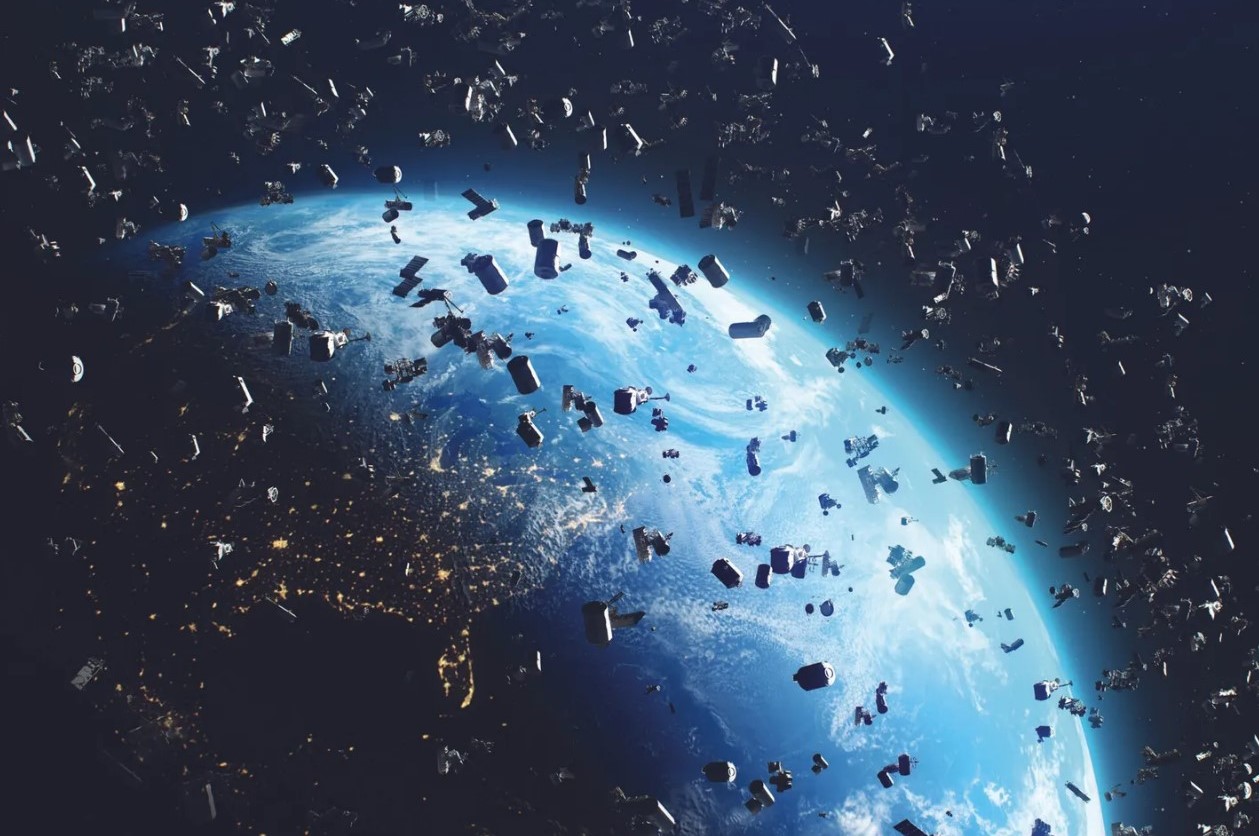
The Economics of Space Sustainability
The emergence of new communication and financial technologies has become possible thanks to space innovations.
At the same time, the large-scale development of space infrastructure has exacerbated the problem of space debris. According to experts from the Organization for Economic Cooperation and Development (OECD), near-Earth orbits have never been so crowded.
At the beginning of 2024, there were more than 9,500 satellites and over 100 million pieces of space debris in orbit. However, only 4% of the waste is under the observation of specialists. Uncontrolled accumulation of space debris can provoke an irreversible series of collisions, making some orbits of great socio-economic importance unsuitable for use.
The potential economic damage is estimated at $191 billion. Moreover, satellites used for scientific research, climate monitoring, weather forecasting and national security operate in orbits at the highest risk of collisions.
National and international mechanisms for combating space debris have been in place for several decades. In 2022, only 55% of satellites and 85% of rocket bodies complied with orbital cleanup guidelines. Experts are calling for stricter international space regulations and joint space debris disposal programs.



